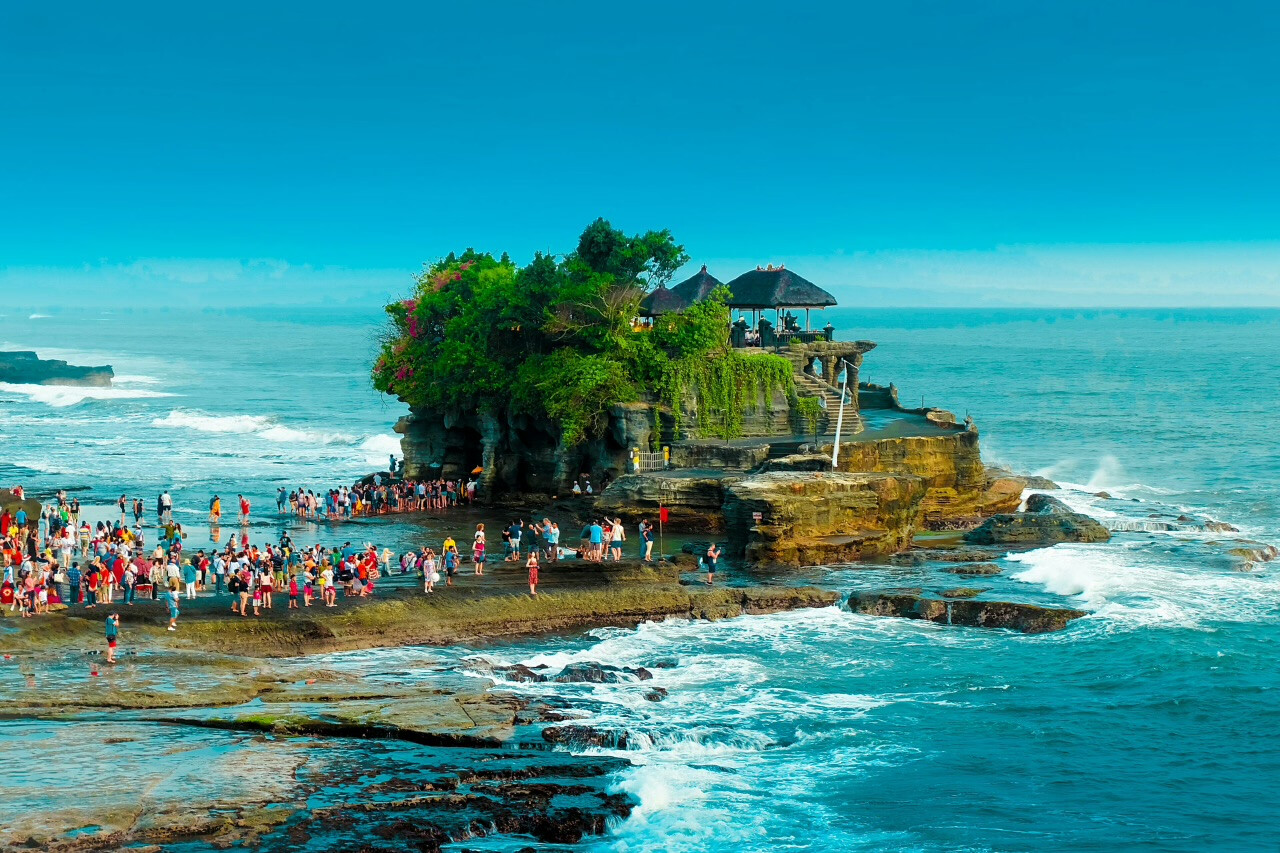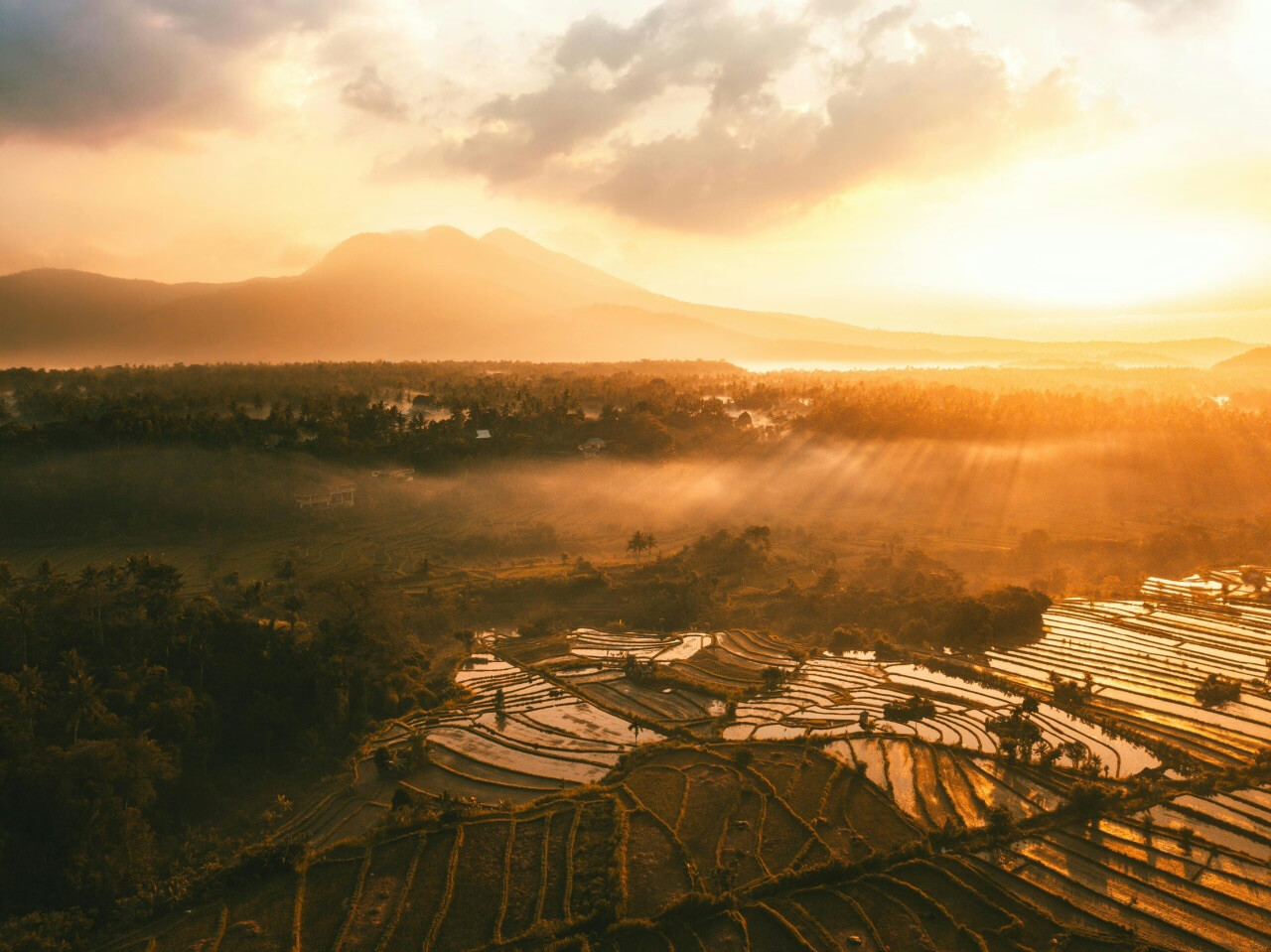Bali Governor Wayan Koster sets an ambitious goal to increase revenue from the tourist levy nearly fourfold. Currently, less than 35% of visitors pay the mandatory fee of 150,000 rupiah (about 10 dollars). As a result, the budget misses out on hundreds of billions of rupiah. The province leader wants to turn the situation around and make payment unavoidable.

The key change proposed by Koster is to transfer the levy collection to the Directorate General of Immigration. Currently, tourists have to use three different systems for arrival documentation: one for the electronic visa, another for the tax payment, and a third to fill out the All Indonesia form in an app or on the website three days before arrival. Authorities recognize this inconvenience, and many tourists skip the tax station because it's not checked at the border.
If immigration is involved, the tax can be integrated into the visa application process. The tourist would pay the levy along with the visa fee. The immigration department would receive up to a 3% commission from the total amount. This money would go into the state’s non-tax revenue category.
Koster has already discussed this proposal with Indonesia's Minister of Justice and Human Rights, Yusril Ihza Mahendra. The minister reacted positively to the idea and promised to convene a coordination meeting with all interested parties.
Meanwhile, on the island, additional tourist tax payment points have already been established. In August 2025, the Association of Indonesian Travel Agencies (Asita) confirmed its participation in the program. It includes 354 agencies, all of which must register as official payment points. Each agency will receive a 3% commission.
Currently, the official way to make the payment is through the LoveBali website or its app in the App Store and Google Play. If the levy is integrated into the visa system, tourists will no longer be able to avoid paying the tax, and Bali's budget could receive nearly a trillion rupiah a year—a record sum for the island. Local authorities promise to allocate this money for environmental protection, infrastructure, and river restoration.


You can add one right now!